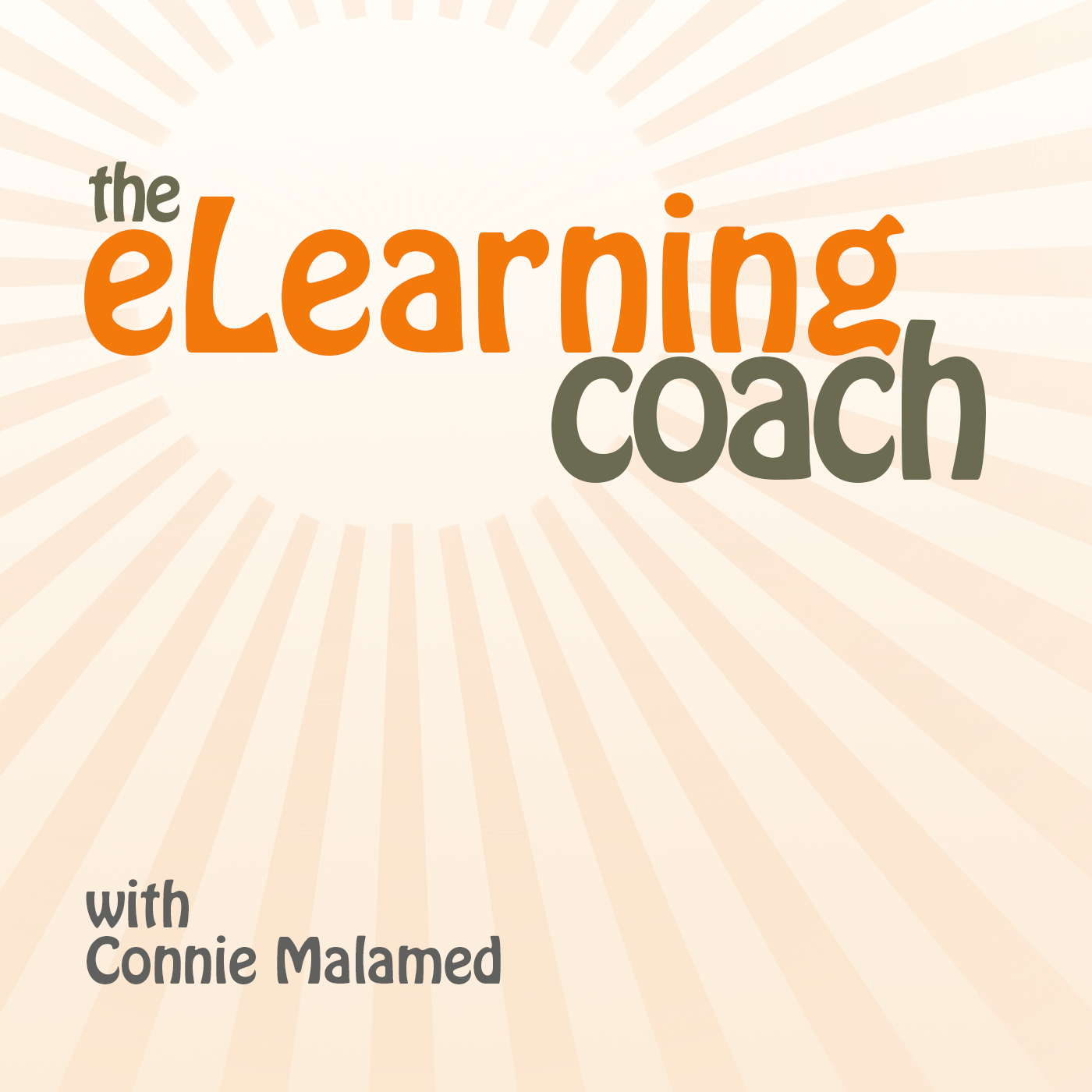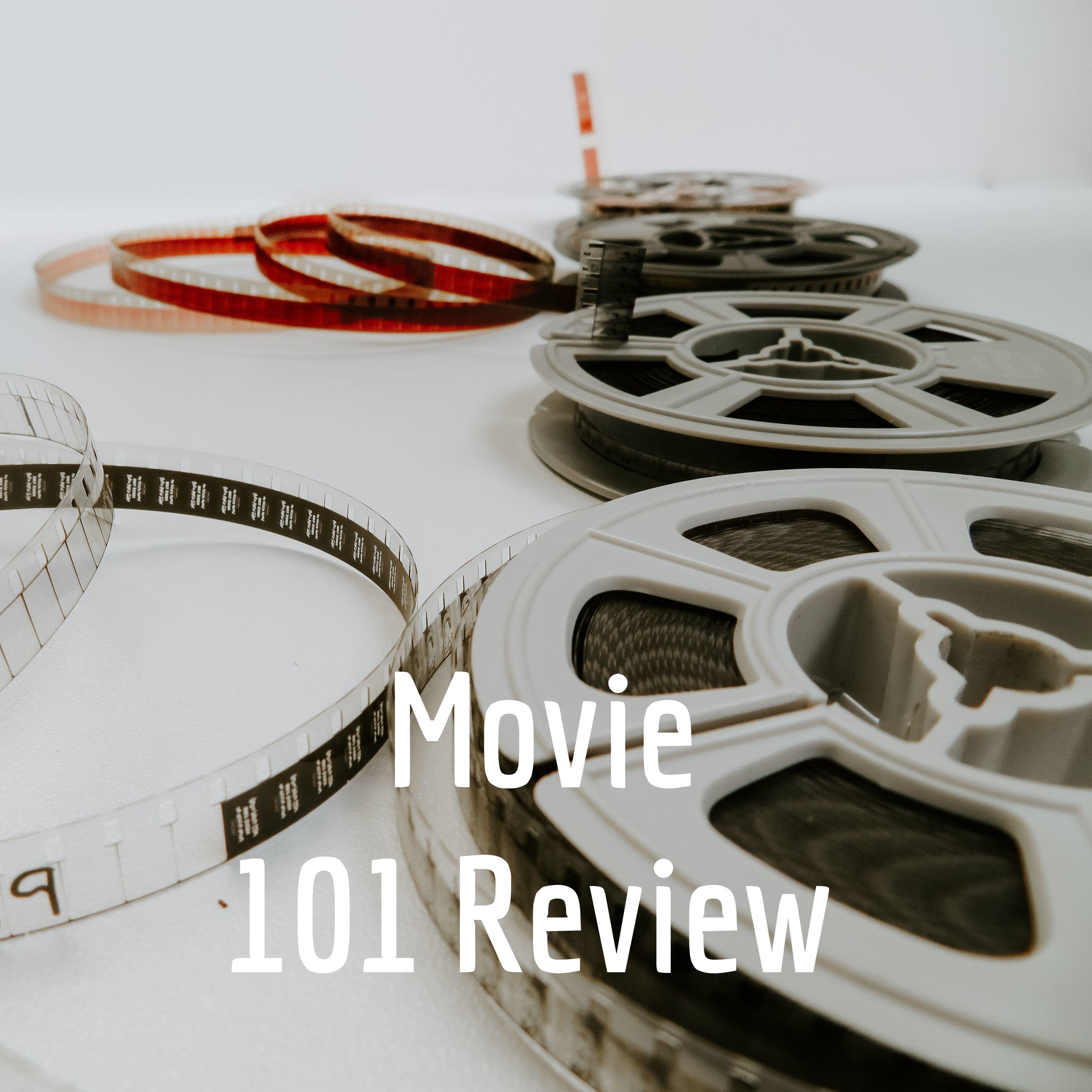
Designing with Love
Hosted by Grand Canyon University (GCU) adjunct instructor and professional instructional designer Jackie Pelegrin, this podcast explores instructional design, e-learning, and how to incorporate AI technology into different aspects of your work. Tune in for expert tips, real-world insights, and inspiring stories from students, alumni, and leaders in the field.
Designing with Love
Designing for Everyone: A Guide to Universal Design for Learning
Accessibility isn't an afterthought; it's the foundation of great instructional design. Have you ever designed a course only to realize not everyone can access it? Or did you receive an accessibility requirement that left you scratching your head? You're not alone. Universal Design for Learning, also known as UDL, offers a powerful framework that transforms how we approach learning design, and it's simpler than you might think.
Ready to elevate your instructional design practice? Pick one learning experience you're working on and run it through the UDL lens. Check out the CAST guidelines linked in our show notes, complete our interactive microlearning course, and share your UDL journey. Your support means the world; whether you share this episode, leave a review, or contribute financially, you're helping build a more inclusive learning community.
🔗 Episode Links:
Please check out the resources mentioned in the episode. Enjoy!
📑 References:
CAST, Inc. (n.d.). The UDL guidelines. https://udlguidelines.cast.org/
Join PodMatch!Use the link to join PodMatch, a place for hosts and guests to connect.
Disclaimer: This post contains affiliate links. If you make a purchase, I may receive a commission at no extra cost to you.
💟 Designing with Love + allows you to support the show by keeping the mic on and the ideas flowing. Click on the link above to provide your support.
☕ Buy Me a Coffee is another way you can support the show, either as a one-time gift or through a monthly subscription.
🗣️ Want to be a guest on Designing with Love? Send Jackie Pelegrin a message on PodMatch, here: Be a guest on the show
🌐 Check out the show's website here: Designing with Love
📱 Send a text to the show by clicking the Send Jackie a Text link above.
👍🏼 Please make sure to like and share this episode with others. Here's to great learning!
Hello and welcome to the Designing with Love podcast. I am your host, jackie Pellegrin, where my goal is to bring you information, tips and tricks as an instructional designer. Hello, gcu students, alumni and fellow educators, welcome to episode 44 of the Designing with Love podcast. Today we are diving into a topic that is absolutely essential for anyone just starting out in the world of instructional design universal design for learning, also known as UDL, have you ever designed a lesson or course and wondered if anyone could actually access it? Or maybe you were asked to design for accessibility and weren't quite sure where to begin? Well, don't worry. Today I'm going to walk you through the what, why and how of UDL, so that you can start designing with all learners in mind right from the start. So grab your coffee, your notepad or just your curiosity and let's get to it.
Speaker 1:Universal Design for Learning, or UDL, is a research-based framework that helps educators and designers create more inclusive and flexible learning environments. In short, udl is about removing barriers before they even become an issue. It's not about making special accommodations after the fact. It's about designing proactively so that learners with different needs, backgrounds and preferences can all succeed. Think of it like designing a building with a ramp instead of adding one later. You're not just meeting a requirement, you're opening the door for everyone. And here's something important to remember UDL isn't just for people with disabilities. It benefits everyone, because we all learn in different ways. Some of us are visual learners, some prefer audio, some need hands-on interaction. Udl takes all of that into account. So why should you, as a new instructional designer, care about UDL? First, it helps you create equitable learning experiences. Udl First, it helps you create equitable learning experiences. Whether you're designing a workplace training, an online course or a classroom lesson, udl ensures that every learner has a fair shot at success. Second, it aligns beautifully with everything we believe in as instructional designers Learner-centered design, accessibility and meaningful engagement. Third, it actually makes your work better. When you design with flexibility and inclusivity in mind, your learning experiences become stronger, more effective and more scalable. Trust me, your future self and your learners will thank you.
Speaker 1:Udl is built around three core principles, each designed to address different aspects of the learning process. Let's break them down. Core principle number one multiple means of engagement, the why of learning. This is all about motivation and interest. Learners need to feel connected to the content. Here's an example Instead of one-size-fits-all assignments, offer choices like picking a topic for a project or choosing between a quiz and a creative reflection. Core principle number two multiple means of representation, the what of learning. Different learners perceive and process information differently. Here's an example Present key concepts using video, audio text and visuals. Also, use captions on videos, provide transcripts and use alt text for images. Core principle number three Multiple means of action and expression, the how of learning. Let learners show what they know in different ways, in different ways. Here's an example Maybe one learner wants to record a video presentation, while another prefers a slide deck or a written report. With UDL, all of those are valid. When you apply all three principles, you're creating a learning environment that's dynamic, inclusive and deeply human.
Speaker 1:So let's pause for a few minutes and clear up some common myths about UDL. Myth number one UDL is only for students with disabilities. What's the reality? No, udl is for everyone. Designing for neurodiversity, cultural differences and varying literacy levels all fit under the UDL umbrella. Myth number two UDL is too complicated or time-consuming. What's the reality? While it can take time to redesign an entire course, you don't have to do it all at once. You can start small and work your way through the changes as needed. All right. So how can you start using UDL today?
Speaker 1:Let me give you a few simple, actionable tips. Tip number one start small. Pick one principle, maybe multiple means of representation, and apply it to one lesson or module. Tip number two use checklists. Cast, which is the organization that developed UDL, has fantastic resources. At castorg You'll find guidelines, templates and examples to get you started. Tip number three work with your team. Collaborate with subject matter experts, accessibility teams and even learners themselves. Ask for feedback on what work is working and what isn't. Tip number four reflect and revise.
Speaker 1:Udl is a process. The more you try, the more intuitive it becomes Great. So now that you have some practical tips that you can incorporate into your designs today, let me share a real world example for you. Several years ago, I worked on an onboarding module for a university's admissions department. We added audio narration with transcripts, use inclusive visuals and gave learners the option to complete a final task by either writing a short reflection or recording a video of what they learned. What was the feedback? It was great. The learners felt seen, heard and empowered. That's what UDL can do. I hope you have found this information about how to incorporate UDL principles into your work as an instructional designer, helpful as you design inclusive and accessible learning experiences. As a recap, we covered what UDL is, why it matters to instructional design, three core principles, practical tips you can start using UDL today and a real-world example.
Speaker 1:So here's my challenge to you Pick one learning experience you're working on, or one that you've already built, and run it through the UDL lens. As you do this, ask yourself the following Can learners engage with this content in different ways? Can they access it regardless of ability or preference? Can they show what they've learned in more than one way? Remember, you don't have to redesign everything overnight. Just take one step, one lesson, one principle at a time. You've got this. You can check out the CAST UDL guidelines, which are available in the show notes, as you audit one of your designs. In addition, you are welcome to complete show notes as you audit one of your designs. In addition, you are welcome to complete an interactive microlearning course to learn more and test your knowledge. Please share your stories about incorporating UDL into your designs by sending me a text or visiting the blog site and leaving a comment using the links in the show notes.
Speaker 1:As I conclude this episode, I would like to share an inspiring quote from Dr Shelley Moore, an inclusive education researcher and speaker. If we design for the margins, we actually make things better for everyone. Thank you for taking some time to listen to this podcast episode today. Your support means the world to me. If you'd like to help keep the podcast going, you can share it with a friend or colleague, leave a heartfelt review or offer a monetary contribution. Every act of support, big or small, makes a difference and I'm truly thankful for you.
Podcasts we love
Check out these other fine podcasts recommended by us, not an algorithm.

Buzzcast
Buzzsprout
Podcasting Made Simple
Alex Sanfilippo, PodMatch.com
The eLearning Coach Podcast
Connie Malamed: Helps people build stand-out careers in learning design.
Dear Instructional Designer
Kristin Anthony
The Visual Lounge
TechSmith Corporation
Wake Up the Lions!
Rory Paquette
The Way I Heard It with Mike Rowe
The Way I Heard It with Mike Rowe
Book 101 Review
Daniel Lucas
Movie 101 Review
Daniel Lucas And Bob LeMent
Mental Health 101
Daniel Lucas/G.Mick Smith
LOVE Letters
Daniel Lucas
The WallBuilders Show
Tim Barton, David Barton & Rick Green
